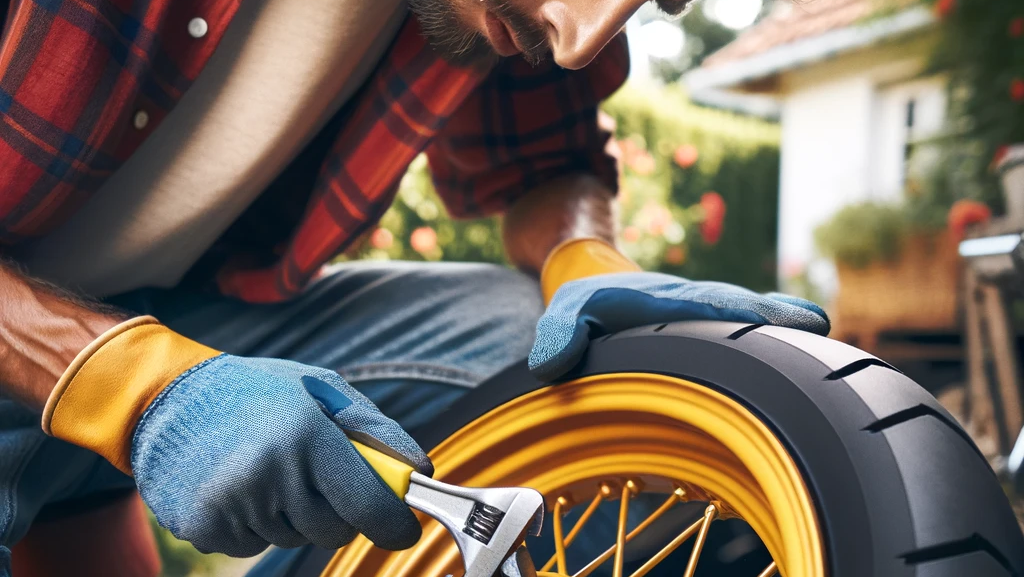So, you’ve noticed your brake discs need replacing. Maybe they’re worn out, or perhaps you’re just looking to upgrade. Either way, changing brake discs might seem daunting, but with the right tools and a bit of know-how, you can do it yourself. Let’s dive into the steps you’ll need to follow to ensure your car is stopping safely and smoothly.
What You’ll Need
Before you start, make sure you have the following tools and materials:
- Jack and jack stands
- Lug wrench
- Socket set
- Brake cleaner
- New brake discs
- Screwdriver or impact driver
- C-clamp or brake piston tool
- Torque wrench
Step 1: Prepare Your Vehicle
First things first, park your car on a flat surface and engage the parking brake. Loosen the lug nuts on the wheels you’ll be working on, but don’t remove them completely just yet.
Step 2: Lift the Car
Using the jack, lift the car and secure it with jack stands. Make sure the car is stable before you crawl underneath.
Step 3: Remove the Wheels
Now that the car is securely lifted, finish removing the lug nuts and take off the wheels. This will give you clear access to the brake components.
Step 4: Remove the Brake Caliper
Locate the brake caliper and remove the bolts holding it in place. Carefully slide the caliper off the brake disc and support it using a piece of wire or a bungee cord. Avoid letting it hang by the brake line as this can cause damage.
Step 5: Take Off the Old Brake Disc
With the caliper out of the way, you can now remove the old brake disc. Sometimes, the disc might be held in place with a retaining screw. Use a screwdriver or impact driver to remove it. If the disc is stuck, give it a few gentle taps with a rubber mallet to loosen it.
Step 6: Clean the Hub
Before installing the new brake disc, clean the hub surface with a wire brush and brake cleaner. This will help ensure a smooth fit and prevent any vibrations.
Step 7: Install the New Brake Disc
Place the new brake disc onto the hub. If your disc has a retaining screw, reattach it now. Make sure the disc sits flush against the hub.
Step 8: Reattach the Brake Caliper
Carefully slide the brake caliper back over the new disc. If the caliper doesn’t fit, you may need to retract the brake piston using a C-clamp or a brake piston tool. Once it’s in place, reinsert and tighten the caliper bolts.
Step 9: Reinstall the Wheels
Place the wheels back onto the hubs and hand-tighten the lug nuts. Lower the car back to the ground using the jack, then use a torque wrench to tighten the lug nuts to the manufacturer’s specifications.
Step 10: Test Your Brakes
Before you hit the road, pump the brake pedal a few times to ensure the brake pads are properly seated against the new discs. Take your car for a slow test drive to make sure everything is functioning correctly.

